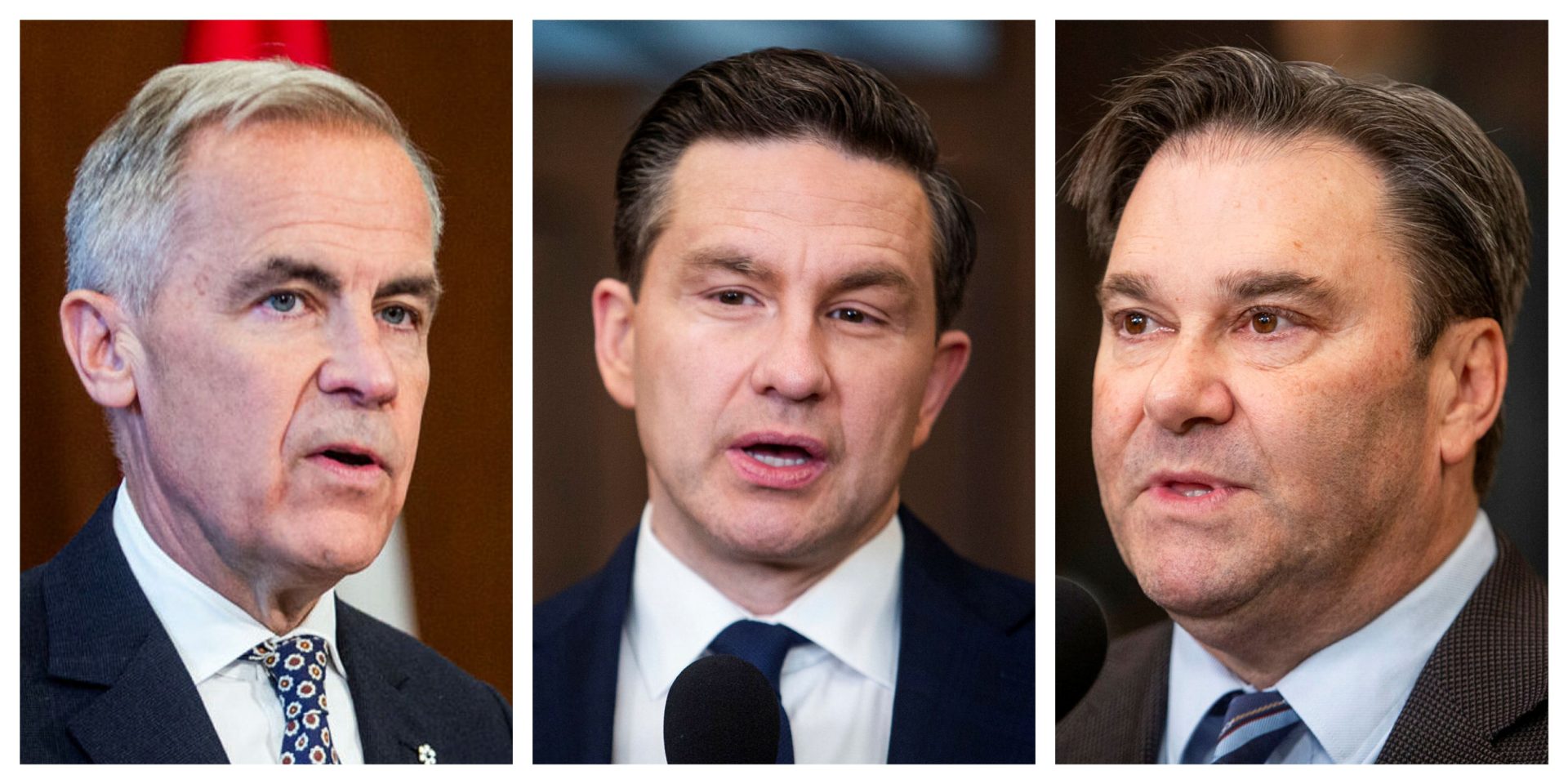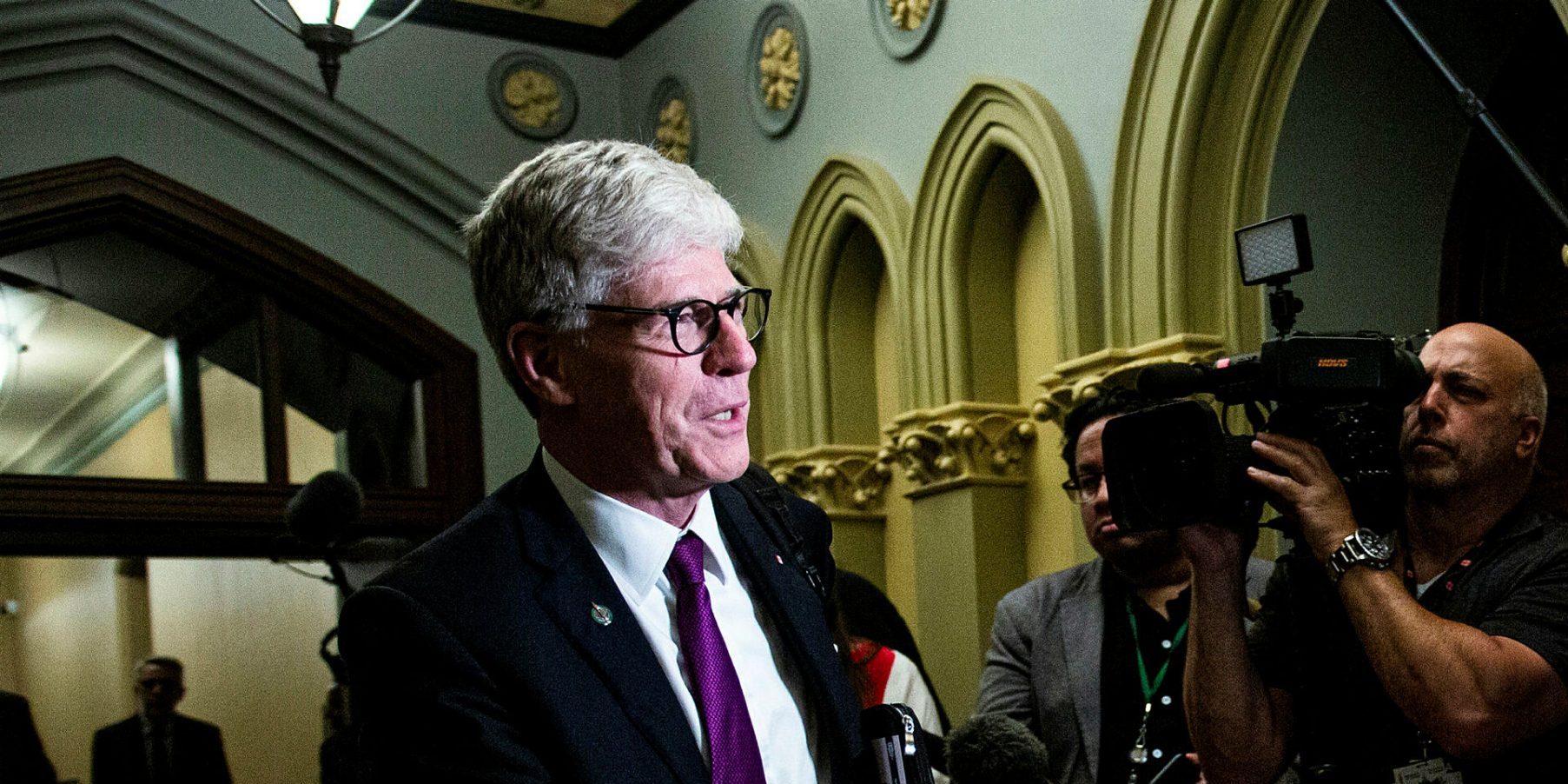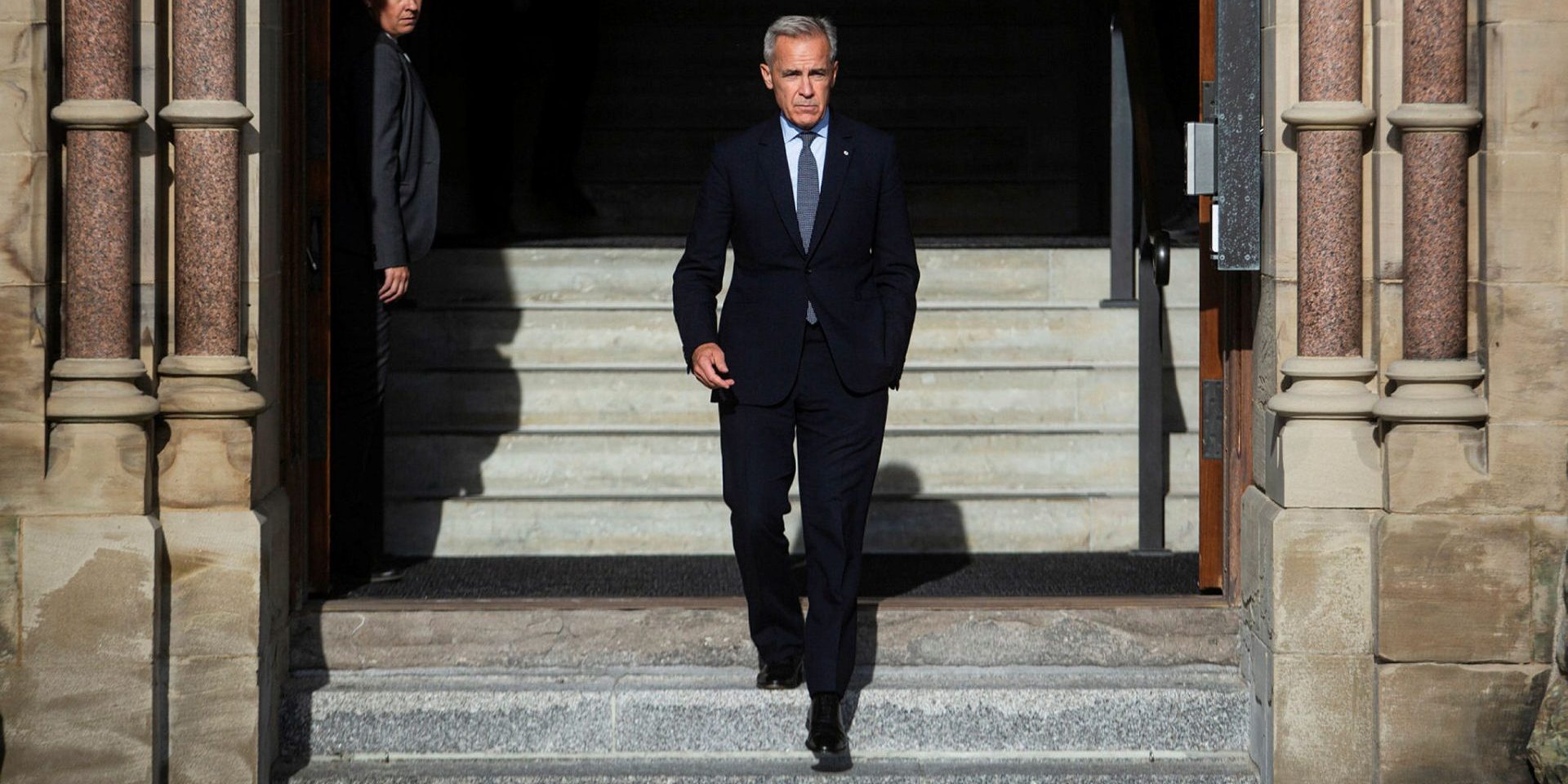Distraction season is here—but Trump still demands attention

This summer has been anything but sleepy inside the Ottawa bubble. United States tariffs—and Canada’s response—have dominated headlines. But in partisan politics, the curtain hasn’t yet risen.
Prime Minister Mark Carney’s support has been steady, the Battle River–Crowfoot, Alta., byelection has pre-occupied Conservative Leader Pierre Poilievre, and interim NDP leader Don Davies has been holding down the fort while the party navigates a leadership race. When Parliament returns on Sept. 15, the theatrics will resume. But political leaders would be smart not to get distracted. They should keep their message focused on U.S. President Donald Trump or risk losing the plot with Canadians. In the face of unpredictability, Canadians want clarity, strength, and a united front. Anything less will feel like noise.
Several dynamics are lining up to divert attention from Trump this fall. First, all eyes will be on the federal budget, Carney’s first. Investors have high expectations, public servants have high anxieties, and political staff face the tall task of avoiding political fallout as the government trims spending. Second, Poilievre will return to the House of Commons, aiming to knock the new-ish government off its message. Third, new issues will crop up and capture the news cycle. We saw this with the Air Canada/CUPE labour dispute, and rightfully so. But it won’t be the last. These dynamics must be managed without losing sight of the bigger picture.

When it comes to Trump, the government must walk the tightrope of managing optics on the home front while conducting the actual negotiations in Washington, D.C. Although Carney has managed to keep this balance so far, each milestone will be a new test.
The prime minister enters the fall with credibility in international markets, and a strong instinct for economic framing. His challenge will be translating global fluency into tangible wins for Canadians. His message must be firm to the White House: Canada won’t accept a bad deal, and remains indispensable to American growth and security. At home, Carney must prepare Canadians for the pragmatic trade-offs required to secure those outcomes—and the possibility that they won’t be achieved, requiring Canada to navigate even rougher waters.
Carney must also communicate progress on his key priorities—the actions that will make Canada stronger amid economic disruption, especially building major infrastructure, attracting private investment, and lowering costs for Canadians. He’ll need to make tough decisions heading into the fall budget, and ensure Canadians understand what spending less to invest more actually means. Expectations were set high on the campaign trail. Now Carney must deliver.
Poilievre, taking his new seat in the House of Commons, will be eager to slam the government with his tried-and-true talking points. He’ll also be under pressure to critique the government’s handling of the U.S. file without undermining Canada’s negotiating position. His communications advantage will be clarity—sharp, memorable lines that cut through complexity—and a dedicated social media following. His challenge will be staying focused on the American threat and economy rather than on the culture wars that energize his base. To be effective, his lines must reinforce Canada’s value to U.S. industries and workers, offering an alternative vision that protects Canadians without sounding combative or getting caught up in other grievances.
Davies faces a different task: hold down the fort, hold the government to account, but avoid taking too much of the spotlight during a leadership race that needs to make headlines. On the U.S. front, Davies will likely push for stronger support for workers and families as tariffs shake the economy and unemployment ticks upward. Expect the NDP to also dig deep into the potential impacts of a 15-per-cent spending reduction.
For all three leaders, message discipline is critical. The U.S.—at both federal and state levels—will seize on any mixed signals from Ottawa to increase its own leverage. Trade and investment confidence depend on a consistent Canadian narrative, even in a minority Parliament. Canadians want to know their government is holding a strong front against anything thrown at us from our neighbours to the south. Disagreement on domestic issues is inevitable, but when it comes to the U.S., Canada’s message must be clear, co-ordinated, and unwavering—because the stakes are too high to get lost in the noise.
Michelle Johnston is vice-president, communications, at Syntax Strategic, and formerly served as deputy director of communications to then-prime minister Justin Trudeau.
The Hill Times





 LICENSING
LICENSING PODCAST
PODCAST ALERTS
ALERTS


